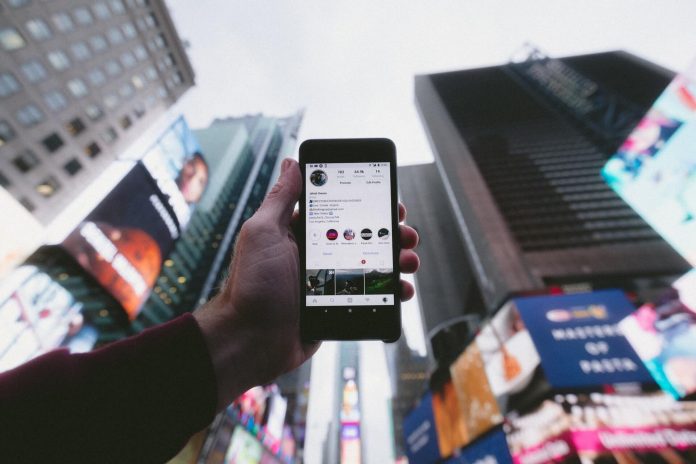There has been a lot of changes in the retail industry for the past 20 years. Technology is the main factor that has and is continuing to influence these changes, and the most recent technology has been the IoT.
The internet of things (IoT) is a network of physical things with sensors, software, and other technologies to connect them and exchange data with other systems and devices over the internet.
Like any other industry, the retail industry is embracing IoT technology due to the many benefits and innovative opportunities it offers to the industry.
Below are the top transformation areas of IoT in the retail industry:
Personalized Discounts
Many retail industries have many recurring customers, and owners can leverage the IoT to reward them, thus promoting good customer experience and increasing revenue.
For example, retailers can use IoT sensors set up in their retail stores to send exclusive discounts to these loyal customers every time they walk near specific products with their smartphones.
Retailers can achieve this by creating their retail app or integrating this loyalty program feature into the store’s existing application. This app is responsible for sending these exclusive discounts on specific products to the customers already in the loyalty program.
By using the IoT, retailers can offer personalized discounts rather than a general discount. It can significantly help increase the chances of purchase from customers and growing revenue.
Asset Monitoring
From time to time, retail stores experience misplacement or loss of some of their assets, such as shopping baskets and carts. To curb this, retailers can track all these misplaced or lost store assets by using location intelligence.
For instance, integrating each asset with an IoT sensor that shows an asset’s exact location will allow its tracking in case of loss or misplacement. The IoT tracking gadgets are functional both outdoors and indoors.
Supply Chain and Logistics
Many people regard IoT technology as a consumer-facing innovation. However, this is not the case in reality. Many IoT tools allow businesses to improve operations, prevent losses, and increase efficiency.
For example, most retail stores use IoT sensors to monitor their goods all through the supply chain. Thanks to IoT, many tracking systems generate valuable insights such as temperature, tilt, or location and much more for better traceability and quality control.
These tracking systems help retail stores determine if goods are in ideal transportation conditions, safety, and delivery on time.
Customer Satisfaction Monitoring
The use of IoT in the retail industry allows retail stores to offer a great customer experience and satisfaction. By using specially designed IoT sensors that can collect customer feedback quickly and efficiently, retailers can address these issues instantly, thus providing a great customer experience to all.
For example, retailers can use IoT gadgets and devices to collect important data that allows the retailer to either reinvent or optimize the most popular products.
Conclusion
As we have seen above, IoT technology is significantly transforming the retail industry. However, in the coming years, IoT will bring other superior opportunities and benefits for the retail sector. It is expected that more and more retailers will embrace these new and existing IoT solutions to help grow their businesses, increase revenue, and provide excellent customer experience and satisfaction.


































